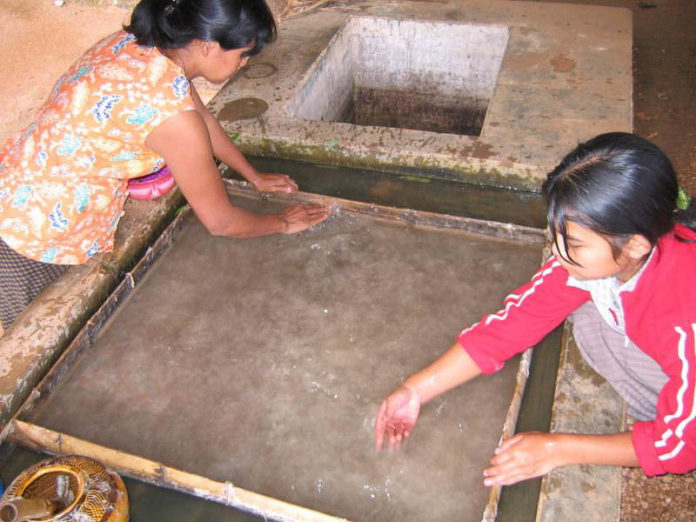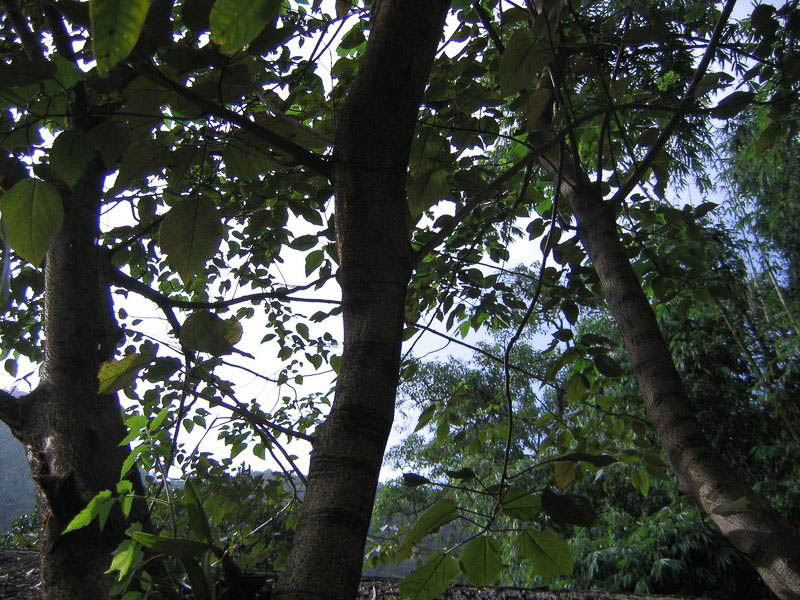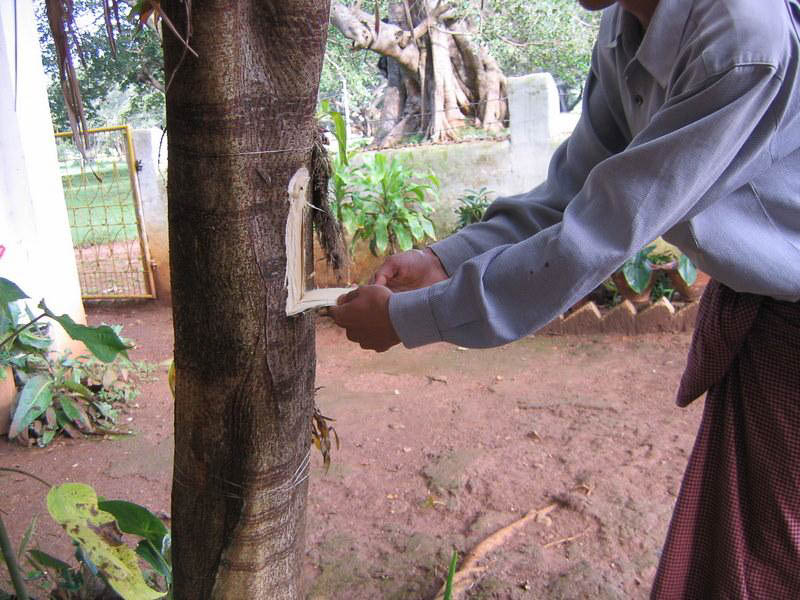The first stage of the papermaking process is cooking hard straw in the steamer for twenty-four hours to become soft. The dried straw is then immersed in a lime solution, where it stays for at least seven days to about one month. After steaming, the straw is washed with water to clean off the lime. Then, it dries out in the sun. After that, it is pounded to get the pulp. The pulp is mixed with water according to ratio and is blended thoroughly. The mixture is poured onto the cloth tray. The bubbles on the surface of the mixture are removed by a stick. This is to prevent them from becoming holes on paper.
After that, the trays are tilted to drain the water. The golden pulp adheres to the cloth tray. These trays are put in the sunshine to dry the pulp. When these are dry, they become paper. These papers are taken out and cut in required size. Thin straw pulp papers are used in the last stage in gold leaf packing for sale. As making thin straw pulp paper is a cottage industry, it survives as traditional work in rural areas of Myanmar.
The process of making bamboo paper is almost the same, but bamboo is cut into pieces and immersed in a lime solution for three years. Good quality paper will not come out if less than a year in a lime solution. The best time to cut bamboo for paper is at the beginning of raining season and the bamboo should be one year old. Bamboo paper is cut into six-inch squares. Every twelfth paper is sandwiched with one wet paper for twenty-four hours. After that, the sandwiched papers are placed on a steel plate and beaten with a hardwood stick. By doing so, bamboo paper becomes like wax paper, which resists heat and does not stick to the gold leaf. After all these stages, the paper is ready.











